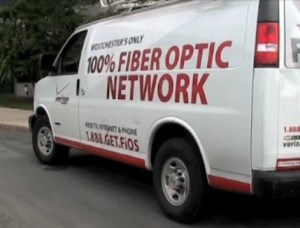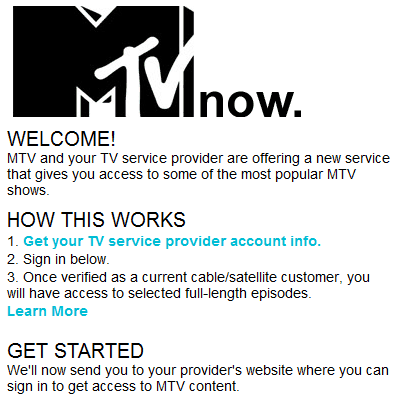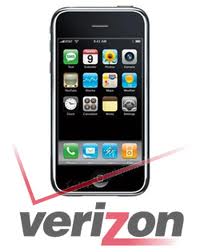Verizon Communications says it will not run an Internet Overcharging scheme on its wired broadband customers.
The company that knows about investment and upgrading their networks like few others — bringing true, fiber-to-the-home FiOS service to customers across several states — says it has no need to impose usage caps or metered billing on its wired broadband customers.
“This is something we have looked at in the past, and we’ll continue to evaluate what’s best to ensure our customers get the best broadband service for the best value,” Verizon spokesman Bill Kula told Broadband Reports. “We have no plans to implement usage-based pricing for our fixed broadband customers,” Kula says.
Verizon’s announcement provides additional ammunition against AT&T’s unjustified 150-250GB usage caps over claims it faces congestion issues.
The company doesn’t share AT&T’s “congestion problem,” probably for two reasons:
- Because it does not exist.
- Verizon has upgraded their network to keep up with demand, winning new customers with their top-rated FiOS fiber to the home network.
Karl Bode sees right through AT&T’s arguments:
If you believe AT&T’s claim that the new pricing is about congestion and not about protecting U-Verse revenues from a Internet video — and many don’t — Verizon’s decision to spend $24 billion on upgrading more than half of their network to fiber to the home would make a Verizon decision to follow suit a very tough sell. AT&T has previously stated their last-mile customers see little to no congestion, and Verizon’s seeing even less.
Kula notes Verizon doesn’t oppose the use of usage caps, but their TOS allows them to handle any users they deem particularly gluttonous, and even then — Verizon makes it clear to us they’ve never disconnected one of these users. “Verizon terms of service were written in a way to allow us to terminate users if they violate our acceptable use policy, and excessive use ‘could’ constitute a violation,” says Kula. “However, we’ve not disconnected any consumer, small business or mass market customers to date.”
Stop the Cap! has never objected to terms and conditions which provide an escape clause for a provider that encounters a customer creating significant problems on its network, such as e-mail spamming, illegal activity, or causing serious problems for other users. These terms and conditions are a part of every Acceptable Use Policy, and responsible providers don’t activate those provisions on a whim.
It’s too bad some AT&T customers can’t choose an alternative to a company who promised great things with U-verse, and then put unjustified limits on customer enjoyment.


 Subscribe
Subscribe




![iphone-line-apple [Courtesy: goodrob13]](https://stopthecap.com/wp-content/uploads/2011/02/iphone-line-apple-300x225.jpg)

